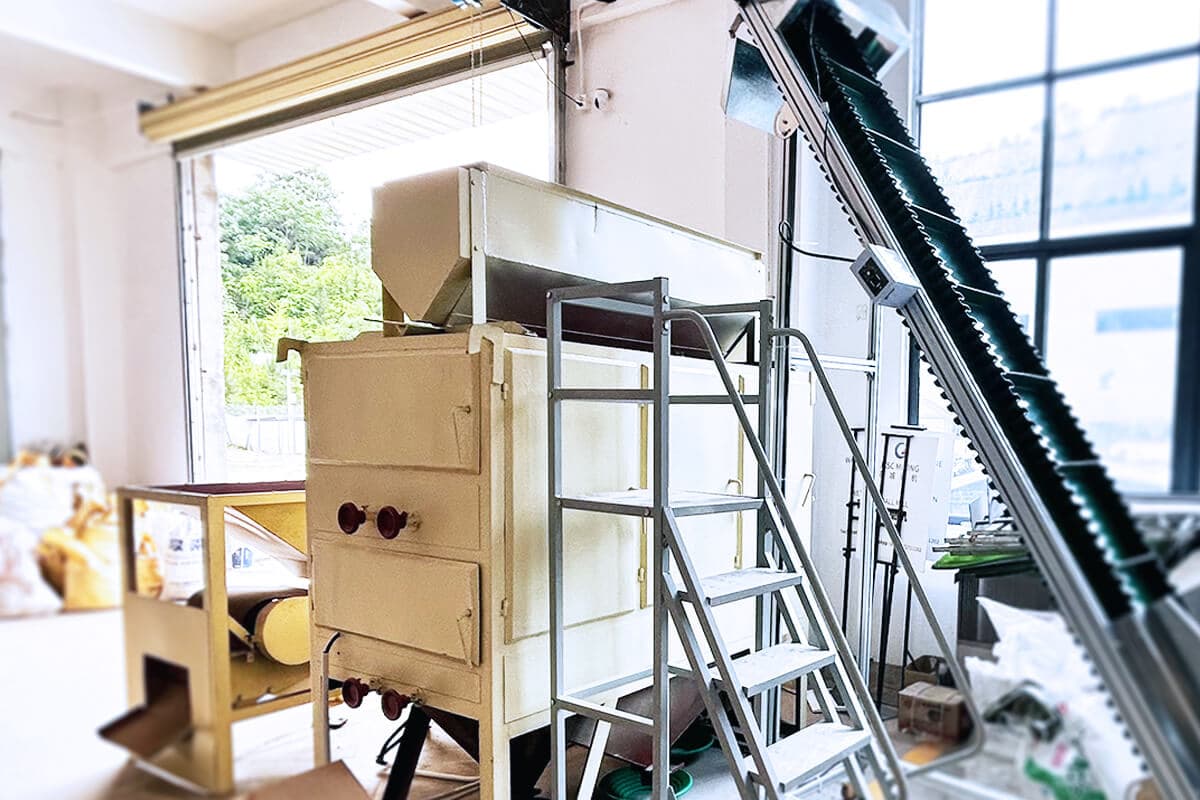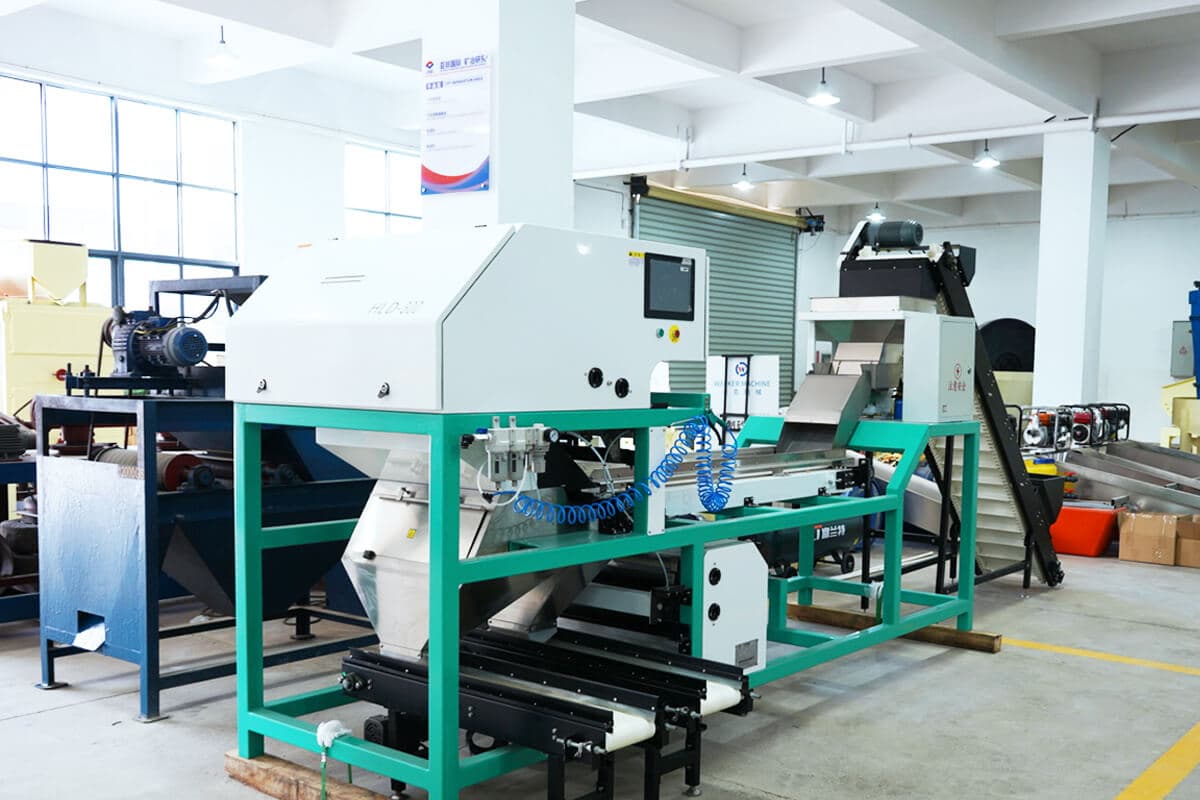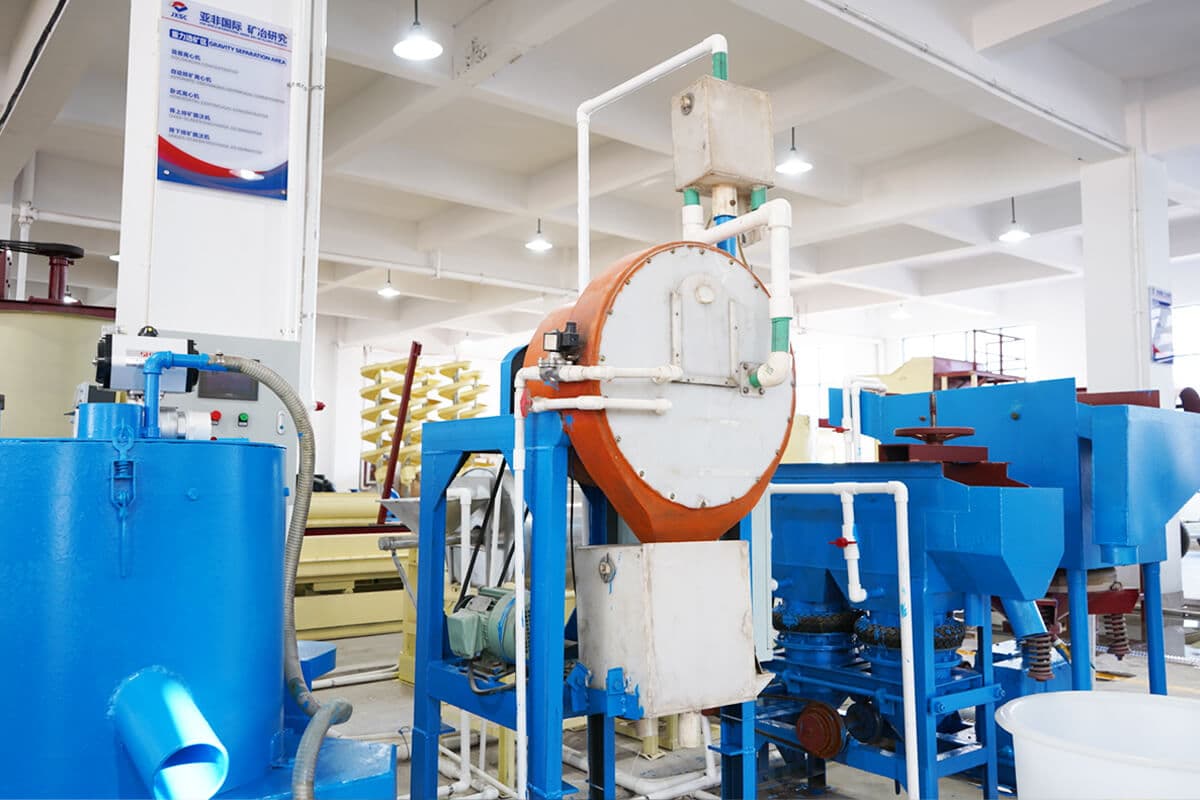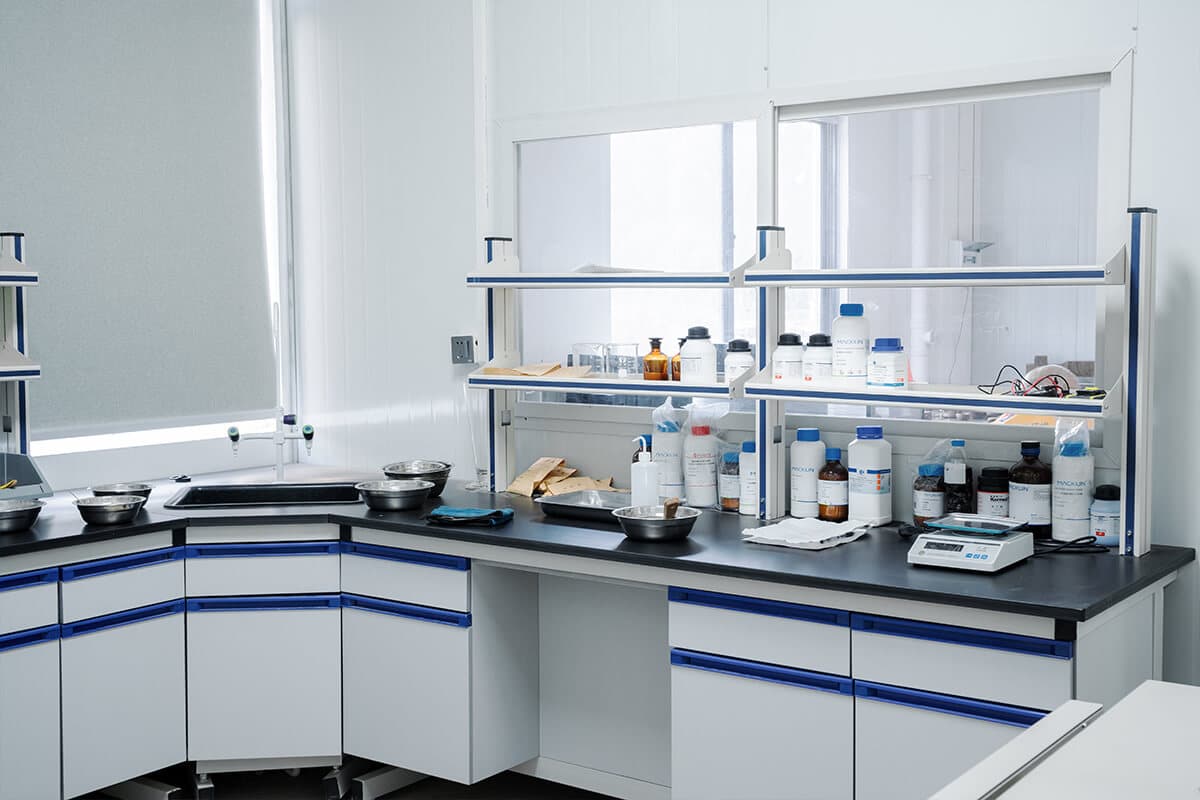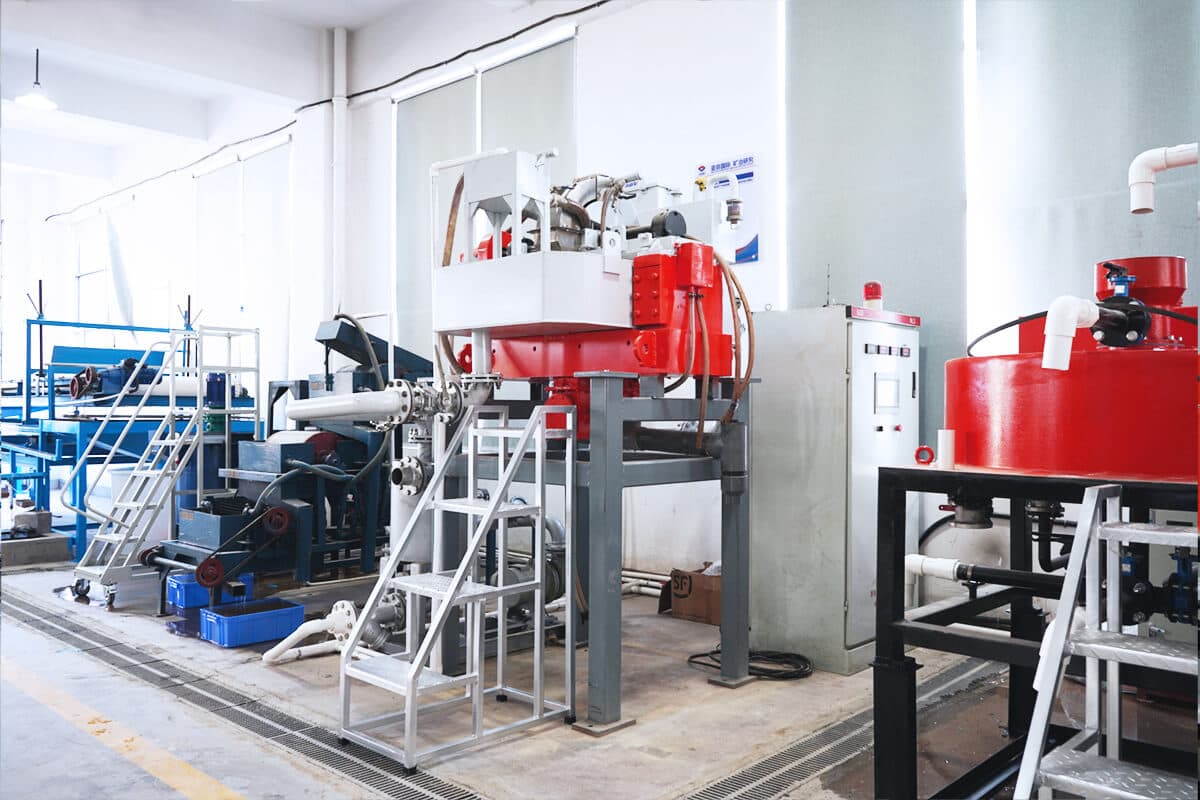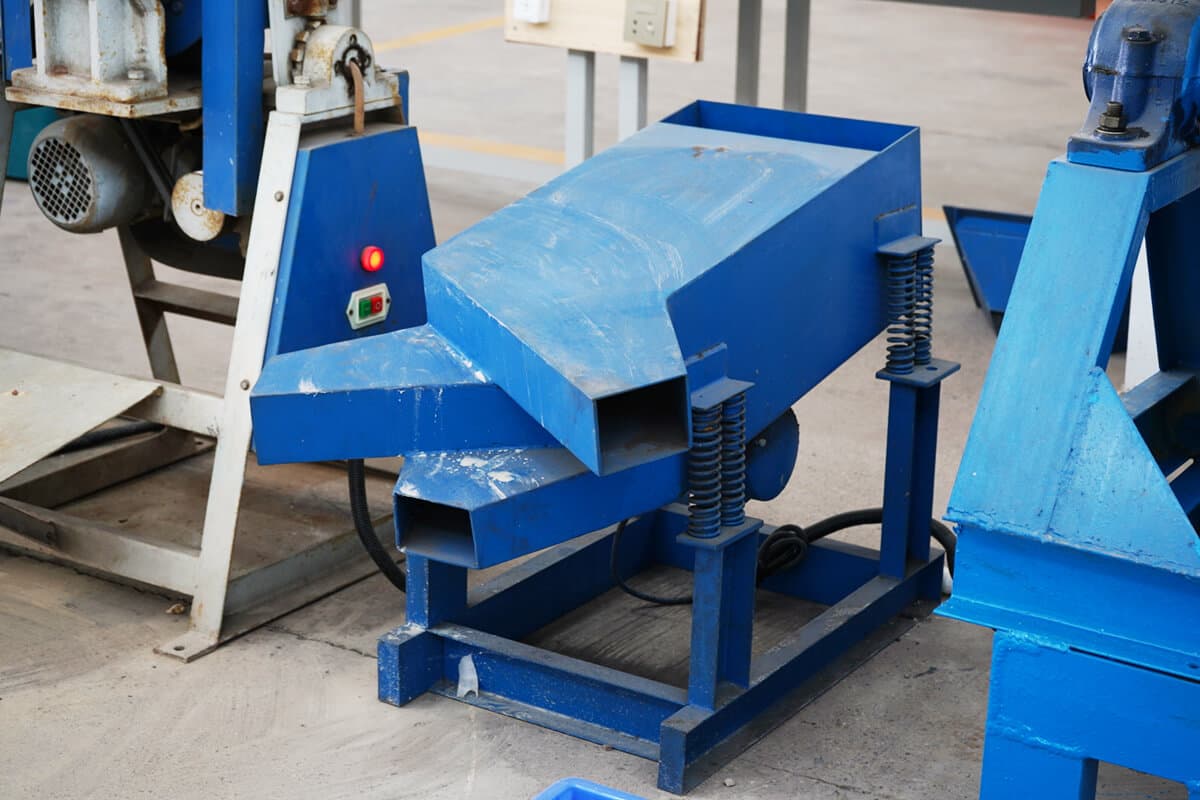Electrostatic Separation Testing
We provide laboratory electrostatic separation testing services for various mineral processing and industrial applications. The test is a proven and reliable process for separating different types of materials based on differences in electrical conductivity, such as minerals, plastics and metals. It’s widely used to produce high-purity minerals, reducing costs and good testing environment. Our cutting-edge technology and expert analysts can accurately determine the optimal separation process for each specific material. We are committed to helping customers customize laboratory solutions and optimize mineral processing plant processes.
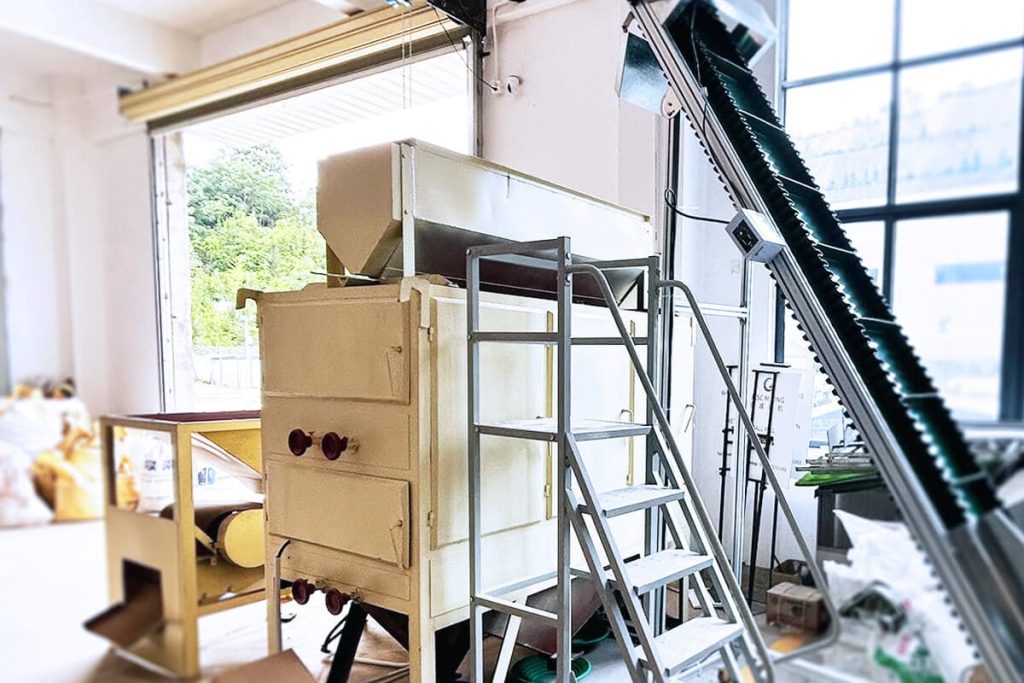
Lab Mineral Electrostatic Separation Test
Introduction
Lab mineral electrostatic separation test is a beneficiation method for separating minerals according to their electrical conductivity. It primarily involves using an electric field to separate conductive and non-conductive particles, making it particularly useful for separating valuable minerals from gangue materials. We can efficiently separate two pure material forms using our electrostatic separators, reducing waste and minimizing environmental impact. This allows us to quickly and accurately analyze results and further advance our research goals.
Work Principle
Laboratory mineral electrostatic separation test is an effective technique for separating charged particles from mixtures of substances based on their electrical properties. First, the ore sample is fed into a specially designed machine. The machine then applies an electrical charge to the material, creating an electric field around it. Once charged, the particles experience an attractive or repulsive force that makes them move in different directions depending on their charge and size. Smaller charged particles will be attracted to the oppositely charged electrode. In comparison, larger uncharged particles will continue moving along the wire until another separation stage or exit the system entirely. Finally, there is a collection hopper where the separated material falls from the output conveyor into closed containers or bags for collection and further processing.
Main Testing Steps
Step 1: Sample Preparation
Collect a representative sample of the material to be separated. The material must be crushed or ground into small sizes when necessary, filtered with a sieve to remove impurities, correctly weighed, etc. It depends on the material being tested and the customer’s needs.
Step 2: Equipment Setup
When using an electrostatic separator, the machine setup usually consists of several key components, including adjusting the high-voltage power supply, electrode system, feed sizes, etc. The specific parameter settings vary according to the equipment types and actual application.
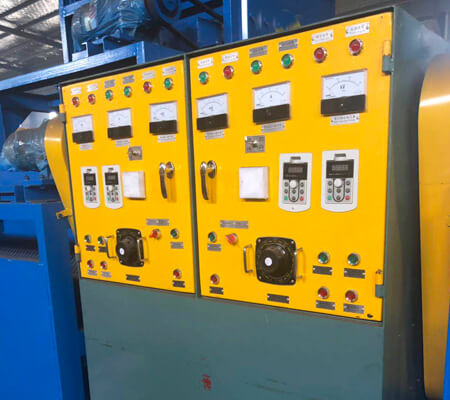
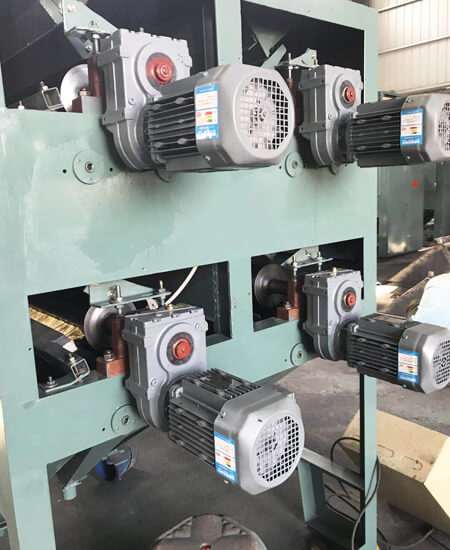
Step 3: Electrostatic Separation
The machine makes the materials positively or negatively charged, applying an electric field to separate them. Charged materials experience forces based on the polarity and magnitude of their charge, which causes particles with different charges to move in opposite directions. By varying the voltage and frequency of the electric field, particles of different sizes and compositions can be selectively separated.
Step 4: Collect Materials
After the ore sample is electrostatically separated, it is usually collected by cyclone separator, bag dust collector, etc. This equipment can ensure that separated materials are properly handled and stored.
Step 5: Analyzing
It is mainly accomplished by various chemical analysis techniques such as microscopy and spectroscopy. Analyzing particle size makes it possible to determine how different materials respond to charge and determine the optimal separation point. The results are then compared to expected targets to assess the effectiveness of the electrostatic separation process.
Step 6: Optimizing
By evaluating performance metrics such as recovery, purity level and throughput, our engineers can optimize the process for better results. If necessary, perform multiple tests by adjusting parameters such as voltage, feed rate, or particle size to optimize separation efficiency further.
Equipment For Electrostatic Separation
Commonly used equipment in lab mineral electrostatic separation testing
- Lab ARC Type Electrostatic Separator
- Laboratory Roller Electrostatic Separator

